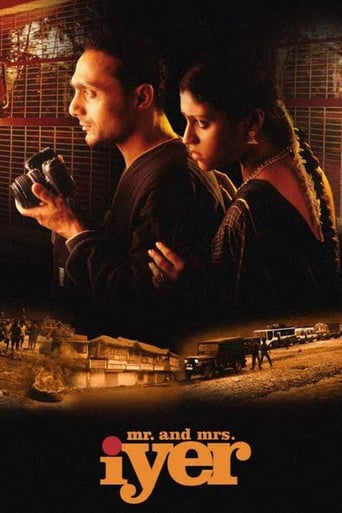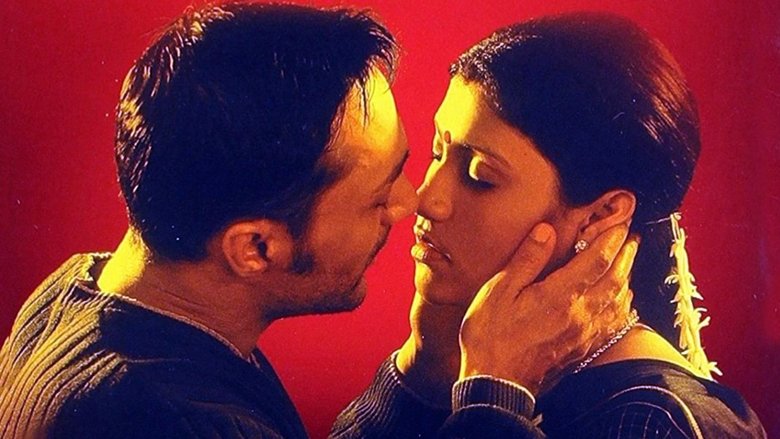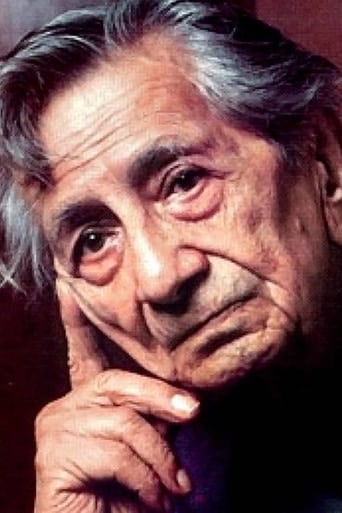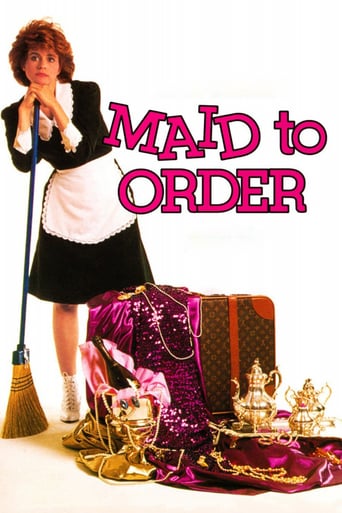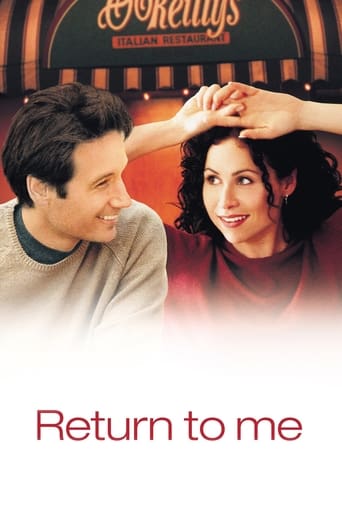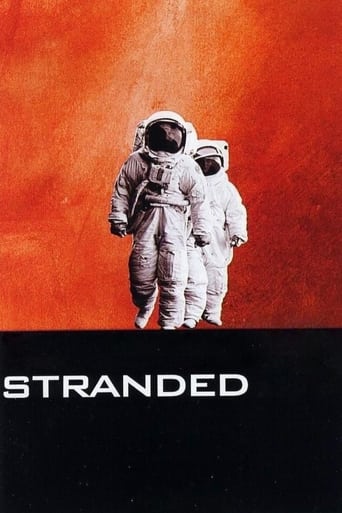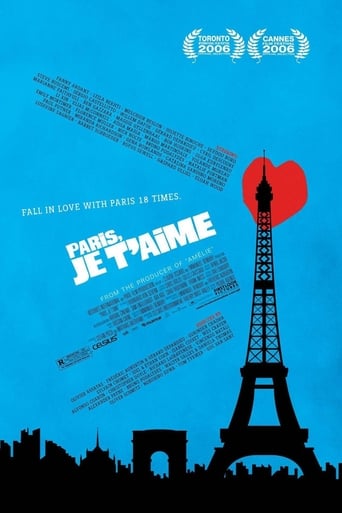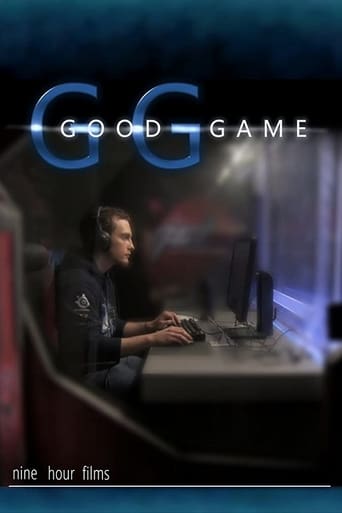Mr. and Mrs. Iyer (2002)
A bus is setting out to Calcutta from a village in West Bengal. Meenakshi Iyer, who is from a strict orthodox Hindu background, is leaving to Chennai for her husband, with her young child, after the vacation with her parents. By chance, she gets a co-passenger who is also to Chennai, Rajah, a photographer, introduced by one of the friends of her father. During the journey they build a good relationship. But a Hindu-Muslim communal riot sets out in the meantime, in some areas they had to travel. Then she comes to face the fact that Rajah is not a Hindu but a Muslim whose real name is Jehangir. Even though she curses herself at that time while some Hindu fanatics evade their bus she saves him introducing as Mr. Iyer. But they have to reach their destination while the other passengers know Rajah as no one else but Mr. Iyer.
Watch Trailer
Free Trial Channels
Cast


Similar titles
Reviews
That was an excellent one.
Slow pace in the most part of the movie.
Disappointment for a huge fan!
The movie really just wants to entertain people.
I've noticed that many have criticized this beautiful film by stating that the themes of inter-religious feuds and riots were deliberately presented in order to attract the Western audience. I doubt this was Sen's primary intention and it's not as if such tragic events haven't happened in India. Indian history is stained with the blood of people who died in such feuds.That said, 'Mr. and Mrs. Iyer' isn't even mainly about the Hindus vs Muslims feud. It's about the encounter of two people of different backgrounds who coincidentally meet during their journey to a common destination and how this union develops into a nameless love. And, in a very subtle way, we see how Meenakshi transforms from a highly educated, ignorant and prejudiced lady to a highly educated, selfless and caring woman. All she does is open her heart. The tribal war is an important and symbolic part of the movie's backdrop but never does it overtake Raja and Meenakshi's story. What we are shown is suggestive and gruesome but suitably brief while remaining poignant. Aparna Sen has handled the sequences quite exceptionally.Not only is the film meticulous in the technical aspect of its execution (such as the stunning cinematography, first rate editing, highly effective lighting and sound effects and a bewildering score), Sen's direction is subtle and poetic. The score and the performances are brilliantly downplayed. The photogenic location is breathtaking and it only makes it more chilling and tragic that such ugliness can exist within the beauty and taint it with blood.Konkona Sen Sharma gives one of the most riveting performances of Indian cinema. This is truly one remarkable actress. One who doesn't speak a word of Tamil (other than a few lines in the film) but masters the diction with such precision that no one would guess that this woman is anything other than a Tamilian. Sharma plays her part very naturally and with sheer ease. Rahul Bose does a fine job too and the supporting cast do very well.I can describe 'Mr. and Mrs. Iyer' as a beautiful symphony, an epic ballad and a sensational story.
This review is intended to be read After seeing the movie, Mr. and Mrs. Iyer or Swept Away, as it contains soem spoilers necessary for comparisons of both movies. Mr. and Mrs. Iyer is simply a great movie on many levels. However, when the movie ended, I immediately went to IMDb to see if others saw the great similarities between MR. and Mrs. Iyer and Lina Wertmuller's Italian classic "Swept Away... by an Unusual Destiny in the Blue Sea of August (1974)". Am I the only one to see the strong similarities between the two movies? Incidentally, Madonna's Husband (Guy Ritchie) was so enamored with the original Swept Away that he redid the movie in 2002. But be sure and watch the original Italian film if you want to compare it to Mr. and Mrs. Iyer. It's also interesting that both women, Aparna Sen and Wertmuller, were in their 50's when they made these movies (they are much further apart in actual age however). (Spoiler) In both movies, the audience watches as fate brings two potential lovers together. But the lovers, without the series of fateful events, would not be allowed to be together in their native cultures under normal circumstance. In both movies, only the audience understands the special circumstances that allow them to be together. And thus the audience gives them permission to be lovers or in Iyers case almost lovers. The audience is soon jolted with a shock ending however after hoping for some miracle. Both movies end with the clear message that society's imprint is dominating and at least one of the lovers will reluctantly march in tune with their original lot in society. In particular the train scene in Iyer is almost identical to the dock scene in Swept Away. (There is a Hungarian film, Bizalom (Confidence) (1980) that also has the Swept Away theme to a lesser degree. Sadly, it currently is not available for home viewing. Fate is WWII in that movie.) I don't point this similarity out as anything the takes away from either movie. Instead, I think Iyer reveals the genius behind Wertmuller's device of using fate as well as the relationship between men and women to show case a given culture's intricacies. Despite the underlying affair theme, these are not intended to be love stories as such. In Swept Away the focus is on social and political "casts" and in Iyer its actual casts and subcultures. They are movies that reveal the cultures they examine by way of the relationship between men and women. In Swept Away there was an even stronger sub theme of what would happen if there was no culture at all. If Aparna Sen was aware of Wertmuller's Swept Away, then I think it was genius on her part to realize that complex Indian culture would work even better with Wertmuller's plot device and would kick it up a notch, as they say. I don't think it's an accident that the movie opens with her explaining how complex Indian culture is to outsiders. (I also note this is the first movie I've seen with a note to the readers in the subtitle's explaining certain cultural customs.)If you like Mr. and Mrs. Iyer, I strongly recommend you see the 1974 Swept Away and draw your own conclusions. The movies are certainly not identical in detail, only in overall plot structure, so you can experience the movies on their own.The possible homage aside, I loved the movie and think it should be re-released in full DVD format. By that I mean the DVD suffers from two common flaws with DVDs not produced with possible true widescreen viewing in mind. 1) They give you the worst of the best which is the widescreen format WITHIN a standard NTSC TV (4:3) format. That means the great cinematographic quality is even more compromised than if they just gave you standard TV format. You do however get to see the whole width of the original film 2) If you are going to do English subtitles for some of the DVD, do it for all the DVD even the English. Not only do you cover the hearing impaired that way but with heavy accents and names for things much of the English is not easy to understand. 3) The chapter and timing doesn't follow international standards but currently follows standards of India. It's often said a movie should transport you to another time and place. This movie did that. It's difficult to reveal all the intricacies of any culture in a standard movie time frame but this movie apparently comes close.Along that line, I also think an important supplement to the movie are the reviews posted here that explain the depictions of the culture found in Mr. and Mrs. Iyer as well as such things as the mother daughter relationship between Aparna Sen and the leading women.
This is among the best of movies Indian cinema has produced. The plot/ storyline is powerful which is augmented by splendid performance by lead actors. It also exhibits the communal undercurrents going on in Indian society. It was a bold step to address these issues. Another aspect is the soft feelings produced among the lead actor and actress. As a contrast from the prevalent trend in Indian cinema wherein there is the notion of "love at first sight" in almost all movies, in this movie the feelings of love evolves from simple caring to a very strong one. It also exhibits the true picture of oriental society where common people just don't go on singing love songs or fighting antagonists of their love life. My best wishes to the whole crew of the movie.
Mr. and Mrs. Iyer deals with many prevalent issues existing with in India today. It is a social commentary on the class system, religious warfare and gender inequalities. The film is shot beautifully, juxtapopposing the beauty of nature against the 'uncivilised' capacity that us humans have to bestow on one another. The script is written thoughtfully setting up charged dynamics between the main characters Raja and Meenakshi.Konkona Sen Sharma's performance is delightful with her authentic accent and mannerism of a South Indian. Rahul Bhose performance is sensual and heartfelt, portraying depth and breadth. The wonderful thing about this film is that although it focuses on a particular situation, it illustrates issues that exist worldwide, in all walks of life, simply manifesting themselves in different situations. Meenakshi faces constrictions throughout life due to her gender, she is constricted and faces the 'glass ceiling'. She longs to be free and to live life freely as Raj does. Raj is free is every sense of the word, physically he is free to roam the world. He is also free from the psychological limitations from which Meenakshi suffers, that of class and caste bound prejudice. The religious warfare shown is a very current issue, with fundamentalism at its most notorious in years. Definitely worth seeing. 8/10.

